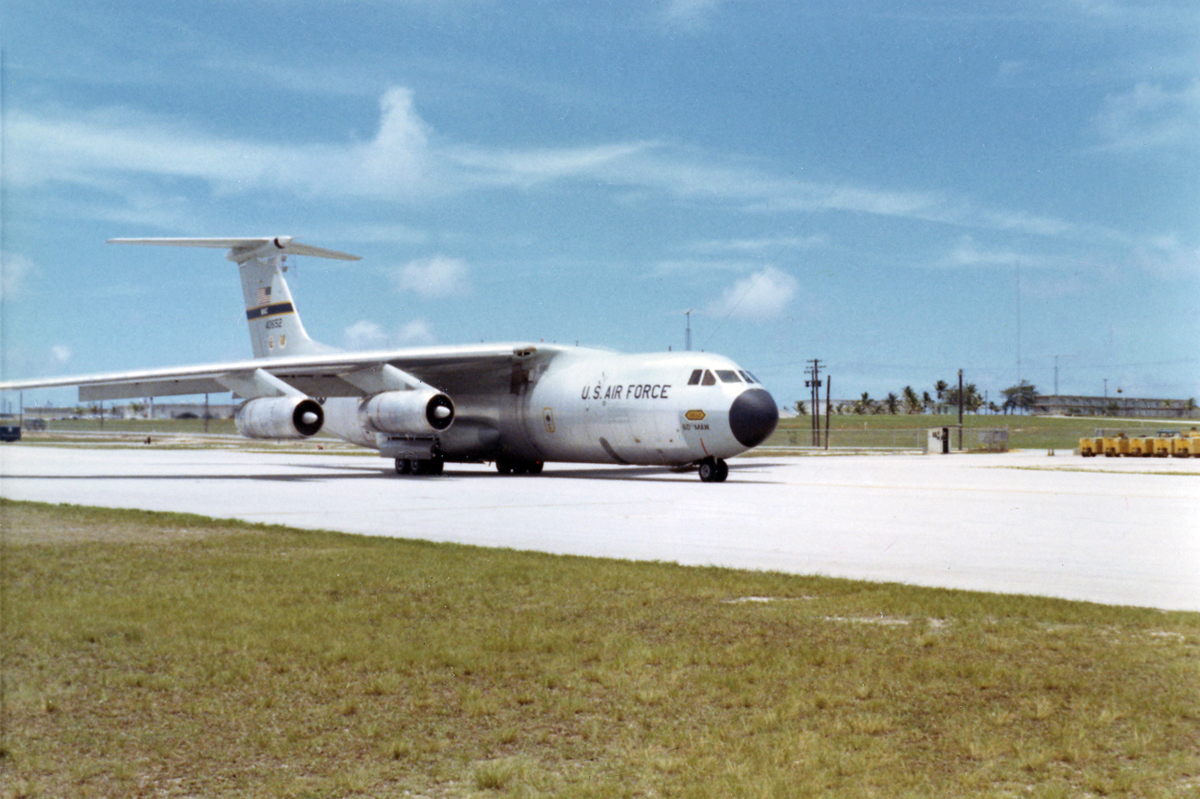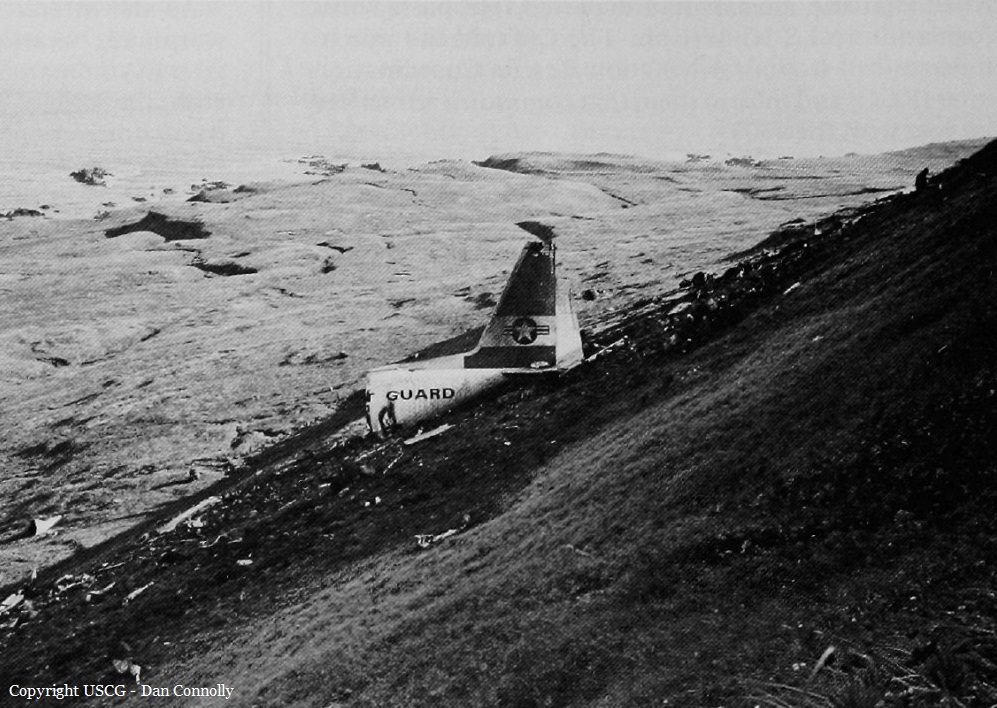Crash of a Mitsubishi MU-2B-25 Marquise in Hayden: 6 killed
Date & Time:
Sep 12, 1982 at 1328 LT
Registration:
N66U
Survivors:
No
Schedule:
Hayden - Fort Collins
MSN:
309
YOM:
1974
Crew on board:
1
Crew fatalities:
Pax on board:
5
Pax fatalities:
Other fatalities:
Total fatalities:
6
Captain / Total hours on type:
833.00
Aircraft flight hours:
1493
Circumstances:
A maintenance supervisor and two pilots noted that the left engine did not respond normally while being started. Aft starting, the pilot taxied to runway 10 for an IFR departure. Since the taxiway did not extend to the end of the runway, the pilot of another aircraft waited on the taxiway, just short of the runway, approximately 2,967 feet from the end. He observed smoke coming from the left engine of the MU-2 and reported this info on the unicom frequency. He reported that the MU-2 continued and rotated for takeoff approximately 200 to 250 yards east of his position. Reportedly, the aircraft climbed to approximately 300-400 feet afl, then turned left toward higher terrain. After turning, it enter what two witnesses described as a VMC roll, then crashed and burned. An examination of the airframe revealed no preimpact mechanical failures. A teardown of the left engine revealed that a turbine bearing, pn 3101092-1, had been misaligned and subsequently began to fail, damaging the 2nd and 3rd stages of the turbine section. The airport elev was 6,597 feet. The computed takeoff roll was 1,620 feet and the computed accelerate stop distance was 3,100 feet. The landing gear and selector found in down position. The aircraft was destroyed and all six occupants were killed.
Probable cause:
Occurrence #1: loss of engine power(partial) - mechanical failure/malfunction
Phase of operation: takeoff - roll/run
Findings
1. (c) turbine assembly,shaft bearing - failure,partial
2. (c) maintenance,installation - improper - other maintenance personnel
----------
Occurrence #2: loss of control - in flight
Phase of operation: maneuvering - turn to landing area (emergency)
Findings
3. (f) weather condition - high density altitude
4. (f) aborted takeoff - not performed - pilot in command
5. (c) gear retraction - not performed - pilot in command
6. (c) airspeed (VMC) - not maintained - pilot in command
----------
Occurrence #3: in flight collision with terrain/water
Phase of operation: descent - uncontrolled
Findings
7. Terrain condition - mountainous/hilly
Phase of operation: takeoff - roll/run
Findings
1. (c) turbine assembly,shaft bearing - failure,partial
2. (c) maintenance,installation - improper - other maintenance personnel
----------
Occurrence #2: loss of control - in flight
Phase of operation: maneuvering - turn to landing area (emergency)
Findings
3. (f) weather condition - high density altitude
4. (f) aborted takeoff - not performed - pilot in command
5. (c) gear retraction - not performed - pilot in command
6. (c) airspeed (VMC) - not maintained - pilot in command
----------
Occurrence #3: in flight collision with terrain/water
Phase of operation: descent - uncontrolled
Findings
7. Terrain condition - mountainous/hilly
Final Report:










